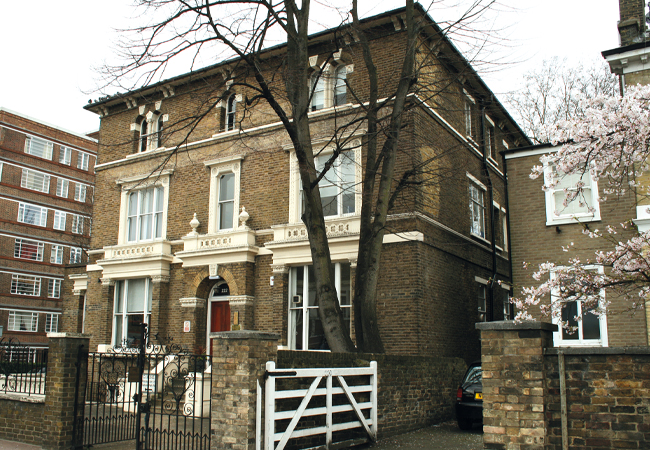
Moving office premises can be a daunting task at the best of times. Doing so with the added responsibility of providing building services for your staff and 22,000 members, as the leading international institution for building services, sharpens the focus of everybody involved.
The process of selling and finding premises is ongoing – and there will be more news on this in future Journals – but this has not stopped CIBSE from putting in place some best practices.
One of its first actions was to investigate the current premises at Balham and how this was performing for its staff. Led by Laura Mansel-Thomas, senior partner at Ingleton Wood and chair of CIBSE’s people and culture group, the team agreed that the best way to do this would be by employing the Building Use Studies (BUS) methodology.
BUS is a building occupant survey and benchmarking tool, by which occupants complete a study and the results are benchmarked against other responses. Red/amber/green graphics and percentile plots show how the building performs against the benchmarks. Comments are quality-checked and collated by question.
The project was put out to tender, and Arup was awarded the contract. The survey was completed in November and the findings will be reported in the new year. They will be key to informing the decision-making process for what is required from the new CIBSE headquarters building for staff and membership.
How to use a BUS survey
Arup’s advice when using BUS is to capture the sentiments of occupants beyond what conventional metrics reveal. Traditional evaluation methods prioritise metrics and key performance indicators on which senior leadership might focus, but BUS emphasises occupant wellbeing, comfort, and productivity.
Its benchmarked data sets allow organisations to compare their building’s performance against peer institutions, using qualitative and quantitative insights to drive strategic decisions for workplace relocations.
Using and implementing BUS to its fullest extent will help create a workplace that aligns with CIBSE’s operational goals and the holistic wellbeing of its staff, says Arup.

